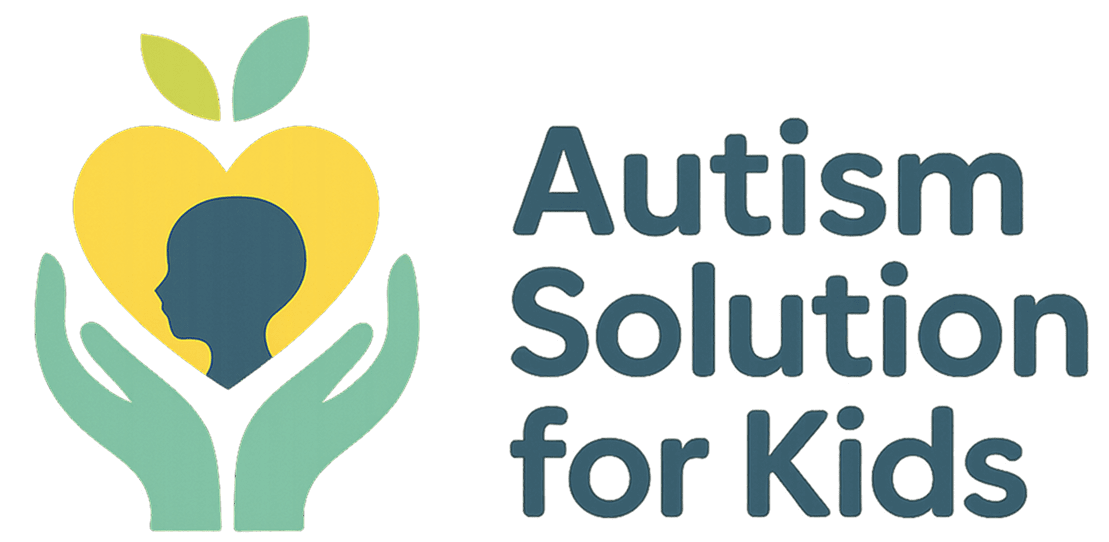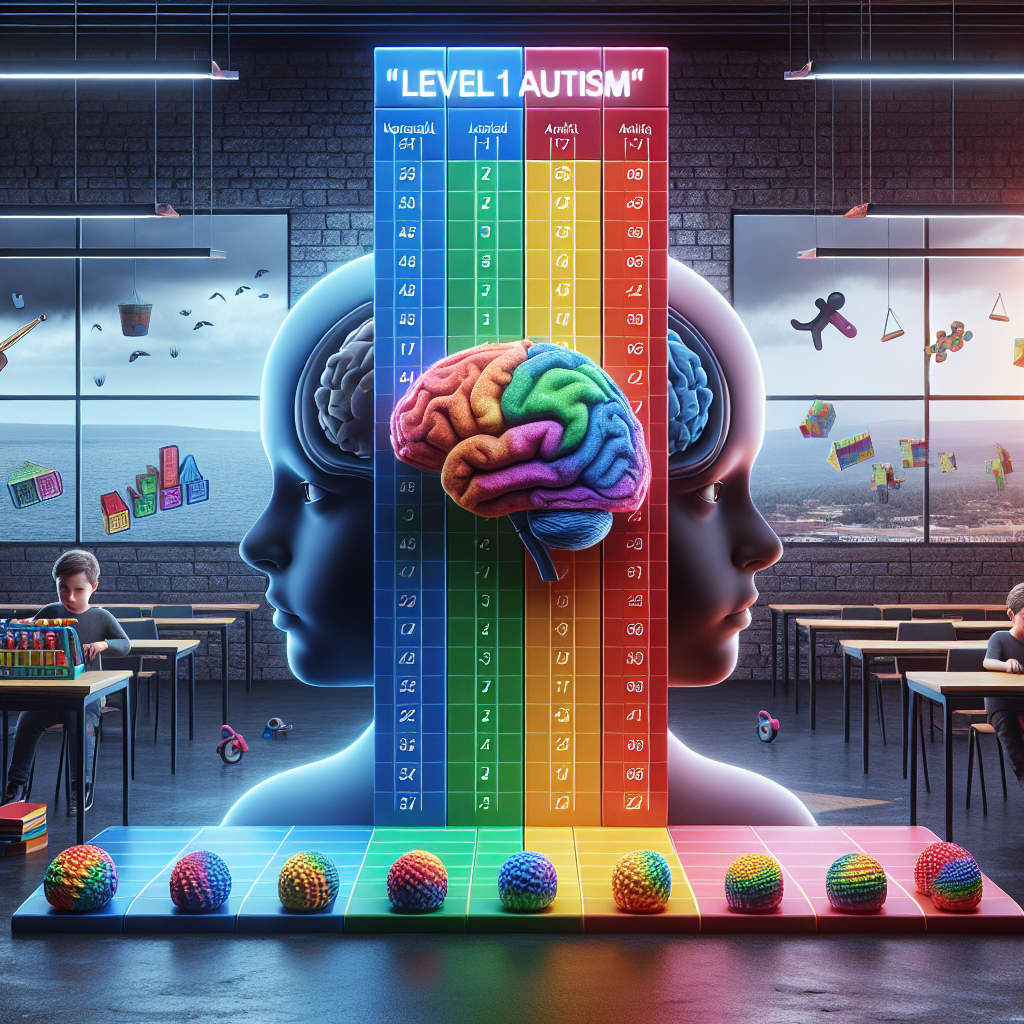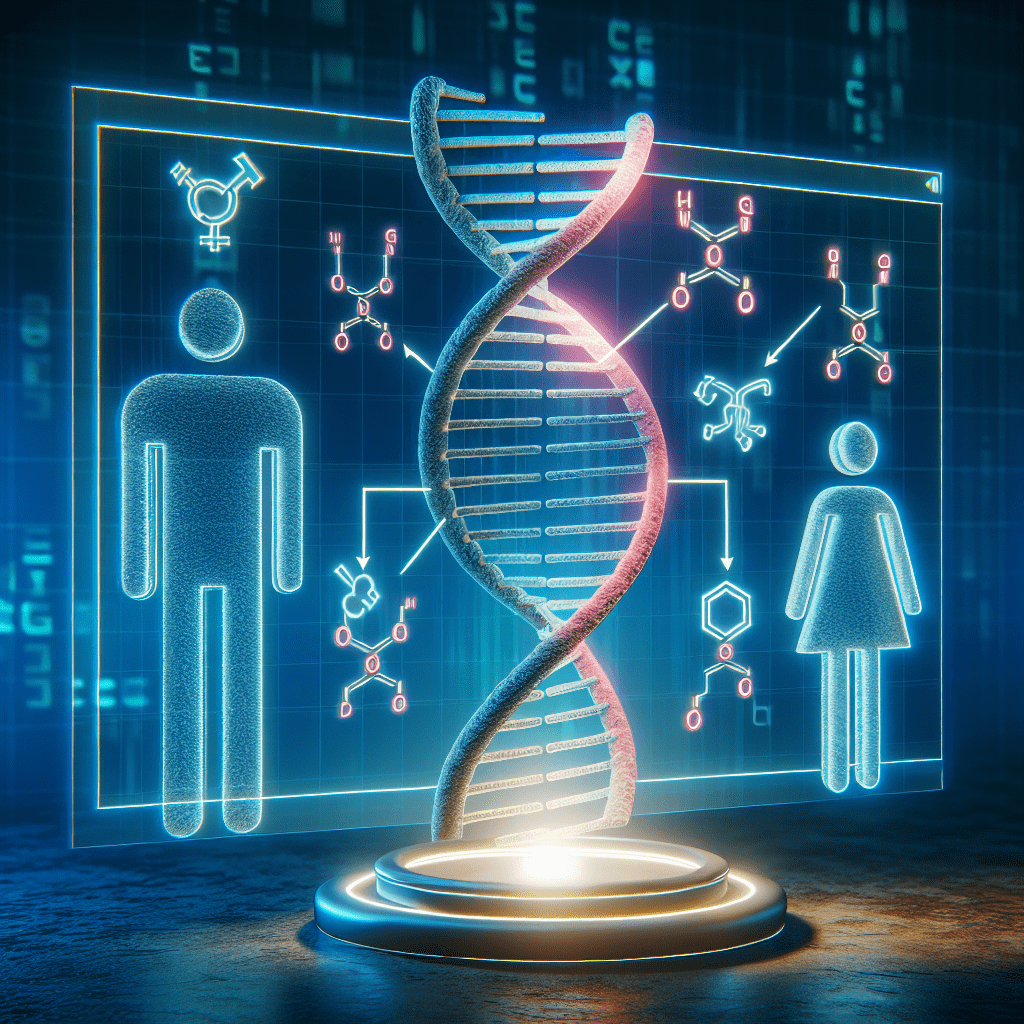What is Level 1 Autism? Understanding Characteristics and Support
What is level 1 autism? If you’ve found yourself wondering about this, you’re not alone. Level 1 Autism, previously referred to as Asperger’s syndrome, is a term used in the DSM-5 (the Diagnostic and Statistical Manual of Mental Disorders) to describe individuals on the Autism Spectrum who require some support but can generally function independently. It embodies the subtle nuances that make understanding autism both fascinating and complex, especially in how it manifests in behavior, communication, and social interaction.
Approximately 1 in 54 children in the United States is identified with autism spectrum disorder (ASD). Within this spectrum, there are varying levels of severity and types of support required. What is level 1 autism? It is characterized by difficulties in social interaction and restricted interests but does not significantly impair daily functioning. However, every individual is unique, and understanding this level of autism can help caregivers, educators, and society at large foster better environments and support systems.
Understanding the Characteristics of Level 1 Autism
When diving into the question, “what is level 1 autism?” it’s critical to break down the characteristics associated with this category. Individuals classified under level 1 autism often exhibit some key features:
1. Social Communication Challenges
People with level 1 autism often have noticeable challenges in social communication, though they may have average to above-average intelligence and effective verbal skills. You might find a child or individual with level 1 autism struggling with:
- Maintaining conversations — they might not understand social cues or how to engage in back-and-forth dialogue.
- Reading body language — non-verbal communication can sometimes feel like a foreign language to them.
- Understanding humor or sarcasm — what seems like a joke might not be interpreted the same way.
This can lead to feelings of isolation and frustration for both the individual and those around them. Friends and peers may not grasp why this person doesn’t react in socially anticipated ways, which can create misunderstandings and contribute to the individual feeling excluded.
2. Restricted or Repetitive Behaviors
Level 1 autism might involve a range of restricted interests or repetitive behaviors, which can vary significantly from one person to another. These could include:
- Stereotyped movements or speech patterns — for example, flapping hands or repeating phrases.
- Intense focus on specific topics — such as trains, animals, or video games.
- Difficulty with change in routines — disruption can cause anxiety or distress.
These behaviors are not merely quirks; they can serve as a form of coping mechanism, helping the individual process the complex world around them.
3. Sensory Sensitivities
Many individuals with level 1 autism experience sensory sensitivities — meaning they might overreact or underreact to sensory stimuli such as loud noises, bright lights, or specific textures. For example:
- Some may cover their ears in response to loud sounds that others might not even notice.
- They could feel overwhelmed by the texture of clothes and prefer softer materials.
These sensory challenges can significantly impact their daily life, making familiar environments feel uncomfortable or unsettling.
Understanding these characteristics is vital to providing the correct support and fostering environments where individuals with level 1 autism can thrive. By breaking down the barriers created by societal misconceptions, we can build more inclusive communities.
Supporting Individuals with Level 1 Autism
Now that we’ve explored the question, “what is level 1 autism?” and its defining traits, let’s focus on the crucial topic of support. Understanding the needs of these individuals not only promotes their development and well-being but also creates lasting positive changes in their lives:
1. Encouraging Social Engagement
One of the primary challenges faced by those with level 1 autism is social interaction, making the encouragement of social skills essential.
- Modeling Interaction: Teaching by example can be very effective. Family members and peers can model appropriate social behaviors, demonstrating how to initiate or maintain conversations.
- Social Skills Groups: Engaging in small groups where structured social interaction is practiced can help them gain confidence. These groups can also provide a safe space to learn and experiment with social cues.
- Positive Reinforcement: Celebrating small victories when the individual makes social strides can significantly boost their confidence and motivation.
Creating opportunities for socialization is paramount, whether through extracurricular activities, clubs, or community events focused on inclusive practices.
2. Tailored Educational Approaches
Individuals with level 1 autism often benefit from tailored educational strategies that align with their unique learning styles:
- Individualized Education Programs (IEPs): These programs are specifically designed for students with disabilities, ensuring that they receive the personalized support they require.
- Visual Supports: Incorporating visual aids, such as charts or pictorial schedules, can help students better understand tasks and expectations.
- Flexible Learning Environments: Some students may thrive in less structured learning environments or require breaks to manage sensory overload.
Education plays a vital role in shaping the confidence and competence of individuals with level 1 autism, allowing them to build skills that will serve them throughout their lives.
Conclusion
In summary, understanding what level 1 autism is extends beyond just a definition; it involves recognizing the characteristic traits and embracing methods that support individuals dealing with these challenges. From social communication barriers to sensory sensitivities, each aspect highlights the diversity of needs among those classified under this level of autism. By promoting awareness, implementing supportive strategies, and fostering inclusive environments, we empower individuals with level 1 autism to live fulfilling lives and develop meaningful connections.
As we continue to learn and adapt our approaches, we uncover the immense potential that lies within each person. When society invests time and energy into understanding and supporting their needs, everyone benefits — creating more understanding and connected communities.
FAQs About Level 1 Autism
1. What is diagnose for level 1 autism?
Diagnosing level 1 autism involves a comprehensive evaluation by healthcare professionals, including developmental assessments, behavior observations, and information from caregivers or teachers. Diagnosis typically aligns with criteria outlined in the DSM-5.
2. Can individuals with level 1 autism lead independent lives?
Yes, many individuals with level 1 autism are able to live independently with proper support and accommodations. While challenges may exist, many exhibit skills that allow for self-sufficiency.
3. What therapies are effective for level 1 autism?
Therapies such as cognitive behavioral therapy (CBT), speech therapy, and occupational therapy have shown effectiveness in helping individuals with level 1 autism navigate social situations and sensory challenges.
4. How can I help someone with level 1 autism?
Listen to their needs, encourage their interests, and engage them in social activities. Promote understanding by providing a supportive environment that fosters communication.
5. Are there resources available for parents of children with level 1 autism?
Yes, many organizations provide resources and support for parents, including Autism Speaks, the Autism Society, and local autism networks. These resources can guide parents on managing daily challenges and accessing support services.





